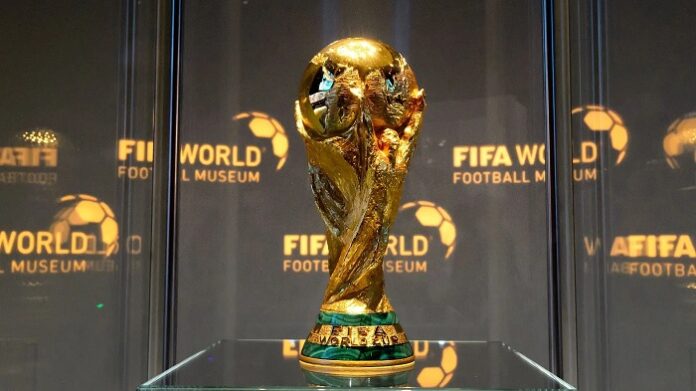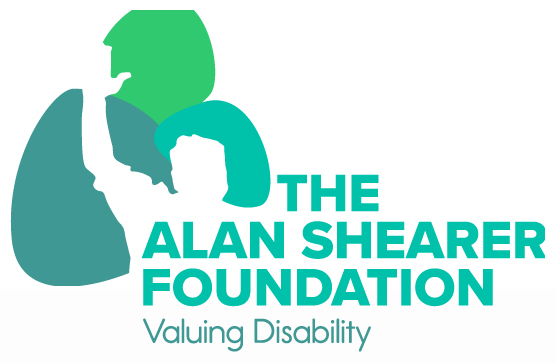UEFA’s recent draw for the 2026 World Cup qualifiers has introduced significant changes to team seedings and group formations.
These adjustments are set to impact the qualification journey for many European nations.
The draw, conducted on 13 December 2024 in Zurich, Switzerland, allocated 54 UEFA member associations into 12 groups, each containing four or five teams.
Notably, Russia remains suspended from international competitions due to ongoing sanctions.
🚨 Pots for the draw of the 2026 World Cup qualifiers are set!
🗓️ Draw on Friday, 13 December at 12:00 CET. pic.twitter.com/JpvAb9RvrZ
— Football Rankings (@FootRankings) November 19, 2024
The seeding process placed teams into five pots based on their UEFA Nations League performance and FIFA rankings.
Pot 1 featured top-tier teams such as Spain, Germany, Portugal, France, Italy, Netherlands, Denmark, Croatia, England, Belgium, Switzerland, and Austria.
Pot 2 included Ukraine, Sweden, Turkey, Wales, Hungary, Serbia, Poland, Greece, Romania, Slovakia, Czech Republic, and Norway.
Pot 3 consisted of Scotland, Slovenia, Republic of Ireland, Albania, North Macedonia, Georgia, Finland, Iceland, Northern Ireland, Montenegro, Bosnia and Herzegovina, and Israel.
Pot 4 included Bulgaria, Luxembourg, Kosovo, Belarus, Armenia, Kazakhstan, Azerbaijan, Estonia, Cyprus, Faroe Islands, Latvia, and Lithuania.
Lastly, Pot 5 contained Moldova, Malta, Andorra, Gibraltar, Liechtenstein, and San Marino.
A significant change in this cycle is the influence of the UEFA Nations League on the seeding process; teams’ performances in the Nations League have directly impacted their placement in the qualifying pots.
The qualification matches are scheduled to commence in March 2025, with the group winners securing direct qualification to the World Cup.
The runners-up, along with the 4 best-ranked Nations League group winners who did not finish in the top two of their qualifying group, will enter play-offs to vie for the remaining spots.
This new format aims to enhance competitiveness and provide more opportunities for teams to qualify.
As UEFA stated, “The revised qualification process is designed to offer a more dynamic and engaging pathway to the World Cup.”




